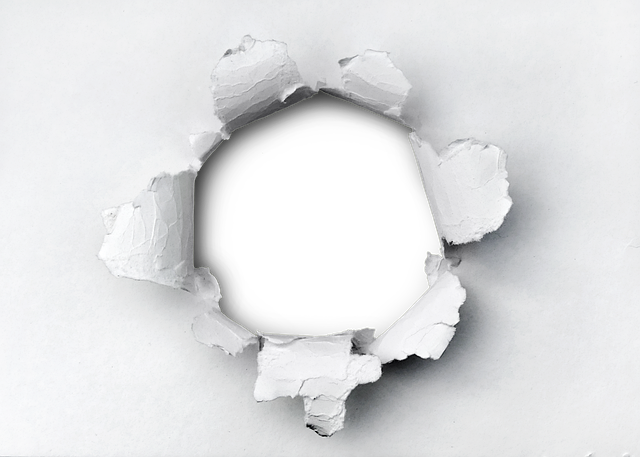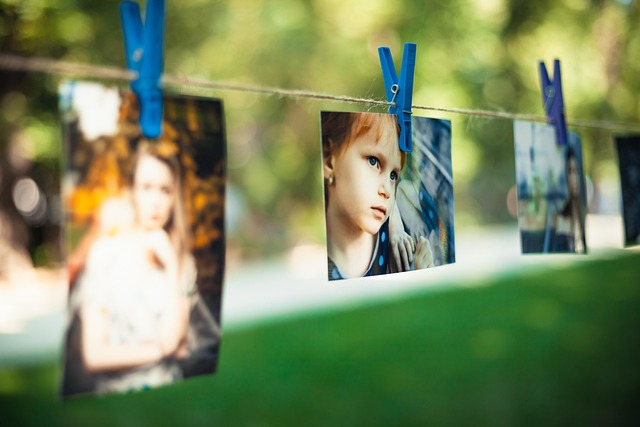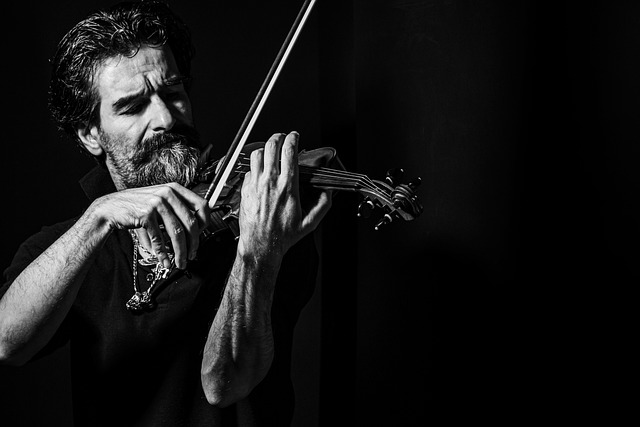In the world of photography, the phrase there isn’t” resonates deeply with the very essence of fine arts. It propels us to contemplate not just what is present within the frame, but also the myriad implications of what is absent. Photography, at its core, is an art of selection. Each click of the shutter captures a moment, yet equally significant is what remains outside of that frame. This selective process speaks to the cultural context surrounding images, revealing how absence can evoke emotion as powerfully as presence.
Consider the intimate power of negative space in art. When we focus on the elements that surround a subject or the emptiness that envelopes it, a story unfolds—a narrative constructed by what “there isn’t.” Artists have employed this technique for centuries, and in photography, it brews a potent mixture of curiosity and longing. When we view an image with significant negative space, we often find ourselves reflecting on the unseen, prompting questions about the story that remains untold. This artistic choice not only allows for a deeper engagement with the piece but also invites the viewer to explore their own emotions and experiences, mirroring the complexities of cultural dialogues around us.
The art of “there isn’t” resonates particularly well in contemporary photography, where the notion of presence is often challenged by the absence of traditional subjects. Photographers today are pushing boundaries, framing their work in a way that embraces voids as critical components of the narrative. For instance, consider the haunting beauty of a deserted landscape shot. In the absence of people, we feel an eerie presence of history, nostalgia, and contemplation. The viewer’s imagination fills the gaps left by these absent figures, creating a poignant engagement with the work.
Culture, too, plays a pivotal role in defining what we perceive as valuable in photography. In some cultures, the absence of certain symbols or subjects can convey a powerful commentary on societal norms and challenges. This approach can provoke meaningful conversations about identity, belonging, and the collective human experience. Take, for example, a poignant photograph depicting an empty chair at a family gathering. It speaks volumes about loss, nostalgia, and the void left by a loved one. Here, absence is not just a lack but a profound statement on life’s transience, reflected in visual art.
Moreover, the art of absence transcends mere aesthetics, inviting viewers to engage with their own sensibilities. It poses essential questions: What do we find significant? What emotions arise in us when confronted with absence? This cultivation of introspection deepens our connection to the artwork, intertwining the viewer’s narrative with that of the artist. Each photograph that illustrates the absence of detail, subject, or form allows for a personal story to emerge, enmeshing culture, memory, and emotion.
In this way, the exploration of “there isn’t” pushes the boundaries of photography and fine arts, urging artists and viewers alike to find meaning in what remains unseen. It highlights a central tenet of artistic expression: that absence is as critical to our understanding of the world as presence. In engaging with this art form, we are reminded that every picture is not just a visual snapshot, but a dialogue between absence and presence, prompting us to explore the layers of meaning hidden within.




